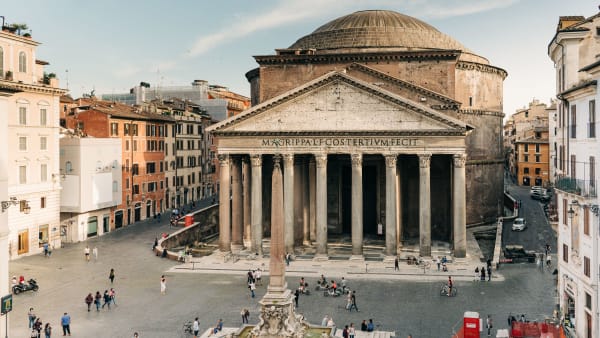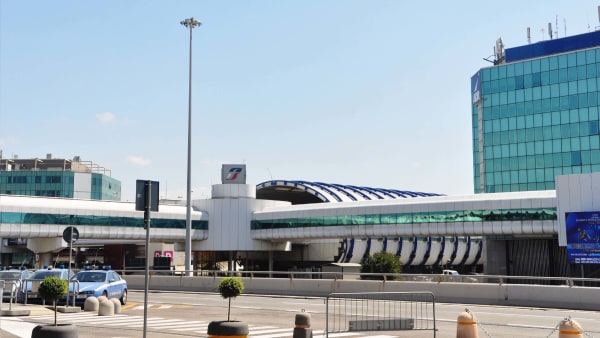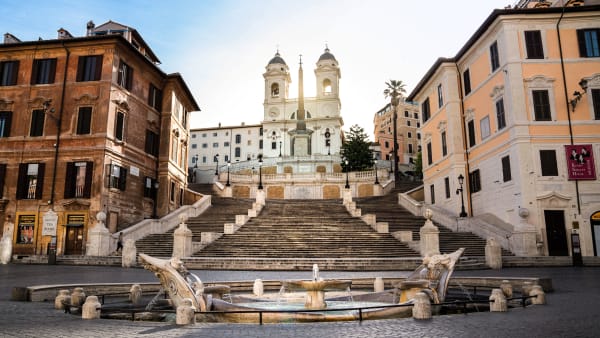Brief history
Brief history
In the year 64 AD, a great fire lasting seven days destroyed ancient wooden buildings in the center of Rome. This tragedy created large spaces that were used to build various monuments, an artificial lake, an imperial residence (the Domus Aurea), and a gigantic bronze statue dedicated to Emperor Nero.
In 69 AD, after Nero’s suicide and several power struggles, Vespasian became emperor. His priority was to erase the traces of his predecessors and rebuild the empire, so he ordered the destruction of the Domus Aurea, drained the lake, and modified monuments and statues.
To win the approval of the people, Vespasian also ordered the construction of an amphitheater. The work began in 72 AD and was completed eight years later. By then Vespasian had died, but his son Titus inaugurated the enclosure with a 100-day festival, featuring countless fights involving exotic animals (alligators, hippos, elephants, lions, and the like), enslaved gladiators, and even small warships.
The amphitheater continued to be used for performances for several more centuries, but after the fall of the Roman Empire in the 5th century, it suffered a decline as a result of disuse, earthquakes, and looting.
The remains that we see today survived because Pope Benedict XIV protected the amphitheater in 1749 by declaring it a sacred site for martyred Christians. Today, the Colosseum is a true historical and archaeological treasure. It is a symbol of Italy’s national identity and a reminder of the greatness of the ancient Roman Empire.















